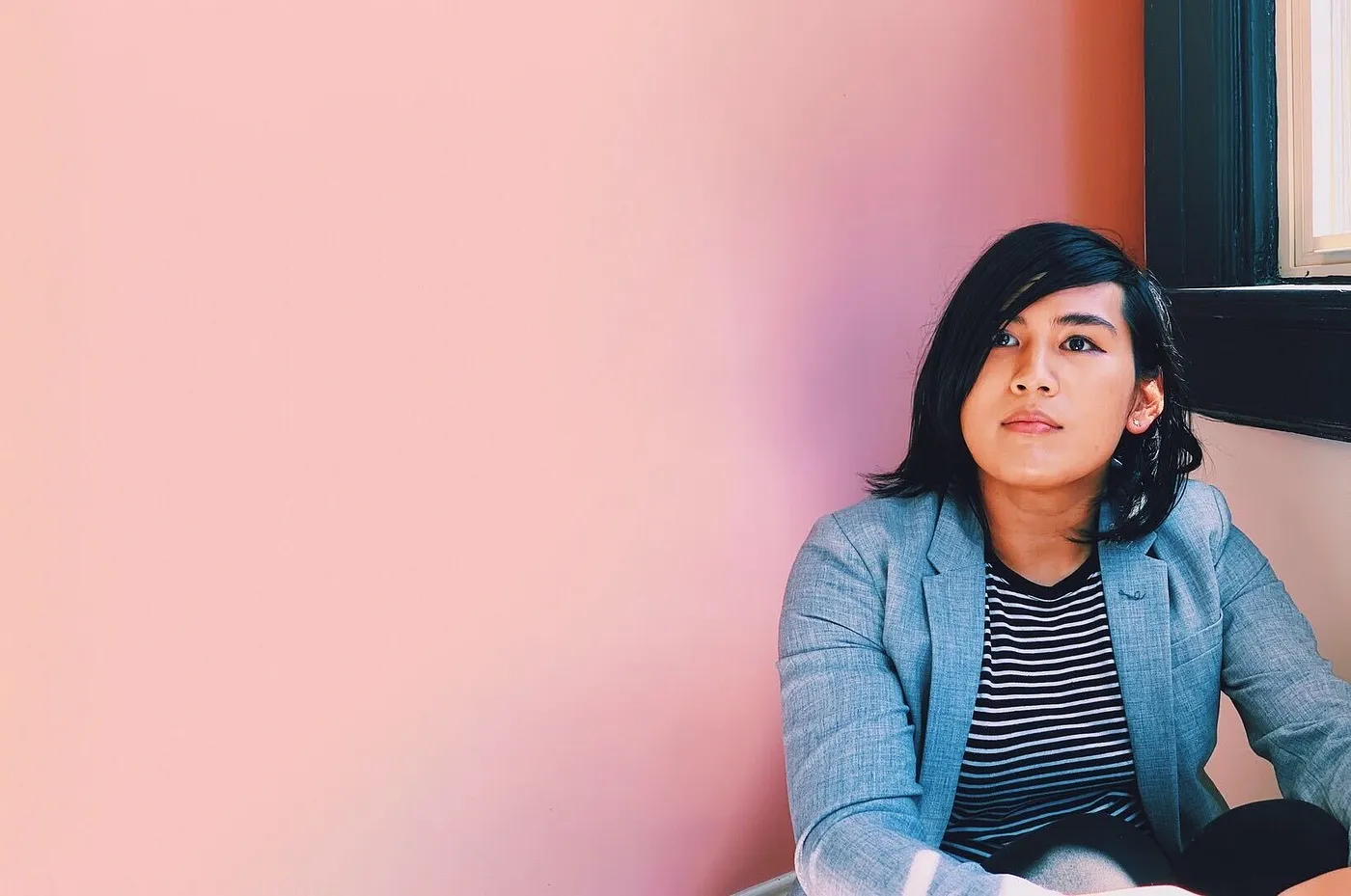
#Hello Kathryn, thanks for taking time to talk! Could you start by describing your role at DoorDash?
Sure! I lead the Design Infrastructure team here. At a high level, our job is to enable our partners in design, product, and engineering to build better products faster, and to make better product decisions more efficiently.
We do this by making sure that we’re building the right sort of tools and patterns so that our partners have to spend less time thinking about nuances of UI design and how to actually construct the product. This means they can focus on what the product is and the problems it’s trying to solve.
One of the other things that’s important for us to be thoughtful about as we scale at DoorDash is the way we’re building things and the tools we have at our disposal on the design and engineering side.This make sure that designs can be reflected at high fidelity and quality, with less overhead in the actual products we build. It also makes all the things that we want to do much more possible.
#I didn’t have the benefit of working with a team like yours until recently. Is it a relatively new discipline in the industry?
Yeah, I would say it’s still a very new discipline. There are some notable companies like Lyft, Spotify, and Thumbtack that have developed really great design systems practices, and seeing those great examples has helped us strive for an equal level of quality. But it’s definitely something that the industry as a whole is still really growing into, and I think there’s a lot of room for innovation and even in understanding the basics of how to do this well.
#How did the Design Infrastructure team come about at DoorDash?
So, I joined DoorDash almost five years ago as the very first product designer, and I had previously been at another company working as both a designer and engineer. Both experiences were exciting because they gave me a lot of ownership over the end-to-end quality of the product. As DoorDash grew in the first few years I was here, I spent time focused on different areas between design and engineering, even being the technical lead of our web product for a while.
Shortly after I switched back to design, and after a few stints of being the design lead on projects like DoorDash Drive, I decided I wasn’t happy being focused on just design or just engineering. I decided to move into a role that was explicitly meant to be at the intersection between design and engineering versus being in those two worlds separately. I started by putting in a lot of work towards building out how we think about our design process and a nascent design system that we had at the time. I both designed and built the first versions of our Design Language System, and eventually started growing the team around late 2018.
#You’re currently hiring for your team. What types of skills and perspectives are you looking for in candidates?
One of the things that’s really important for us is to find people that are really strong at bridging the gap between design and engineering. That means finding people that are super detail oriented, curious about the similarities and differences between those disciplines, and are able to provide the deep understanding and perspective necessary to make other designers and engineers better, both from the daily practices of their work to the broader decisions they’ll have to make while building our products.
For instance our current open role is a Design Technologist for iOS. This person has to be deeply conscious and experienced with the nuances of how engineers build UIs and products with UIKit, the current paradigm for UI engineering on iOS. They have to know the pain points, how people feel and think when using that tool, and then come up with components that help ensure the things people need the most help with are resolved easily. But they also need to be able to love and appreciate the craftsmanship in building UIs — they help answer how we ensure that everyone at DoorDash can build with craft that is imbued in their work.
Additionally, they should understand from the design side how to engage in and shape how a component will be designed, by providing their perspective as someone building the component and shaping how other engineers will use it.
We need people that care about craftsmanship, have cross-functional/cross-discipline understanding, and just really want to build the platforms & systems that can help our engineers and designers do the best work of their careers.
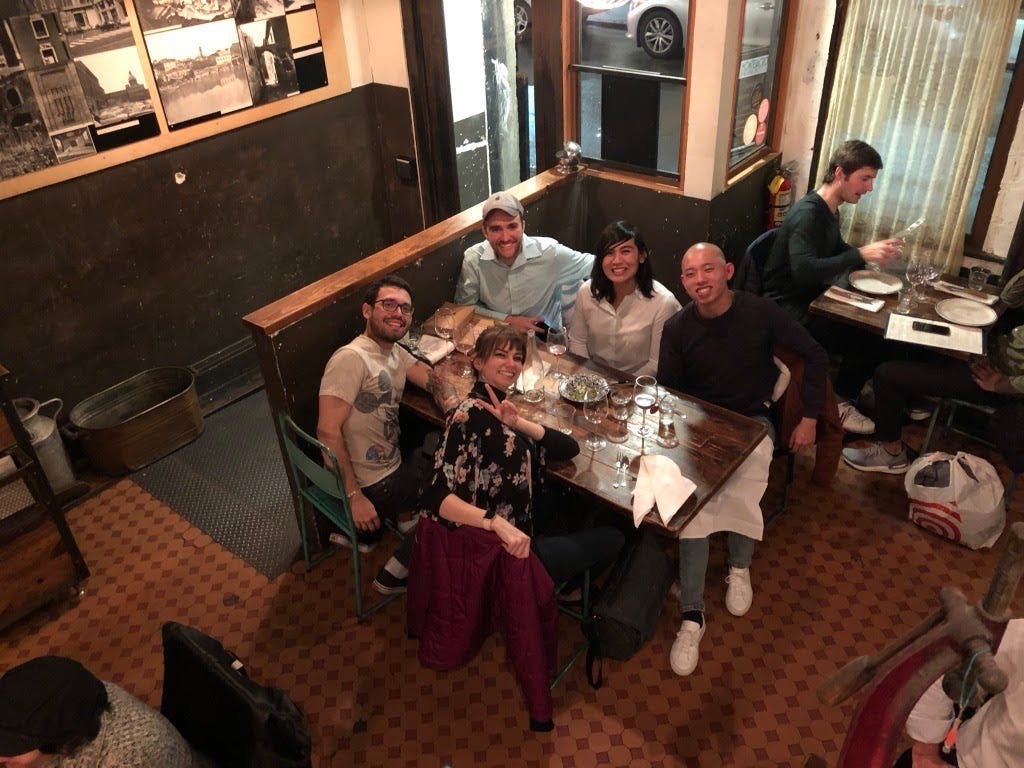
“DoorDash Design Infrastructure team at the end of 2019.” — Kathryn
#I’ve said this to you many times, but I take a lot of inspiration from the way you lead your team. How would you describe your leadership style?
The way I want people to see my leadership style is that I want to understand all the details to make sure that everyone is coordinated in the right way. I want to make sure we’re proactive and communicate effectively with other teams. This is especially important for the kind of role that my team fulfills, serving other teams and their interests, and how they get their work done to build a better product. And because of that need for coordinating our impact through the work of others, I feel like we have to be very collaborative and cognizant of how we affect the stakeholders that are actually using our products to build that correctly. I also think that it takes time to do anything interesting, and you need a lot of different perspectives along the way to make something great.
At the same time, I want to foster the perspectives on our team that can help us build the bridges that we need to build between design and engineering. It takes a very particular kind of person to be comfortable sitting at that intersection, and I want to make space for those kinds of deeply skilled, empathetic people that are drawn to that. This field of design systems is so new, and I want to be part of the reason that more people can participate in this kind of work in 5 years — I want to make that space for these people, that I myself wish I had 5 years ago.
#That helps explain your team’s empathetic and collaborative approach! Speaking of empathy, you helped drive DoorDash’s recent accessibility efforts. Why was that such an important focus for you?
So, there’s two parts to that answer. The first is that our team is uniquely situated to make an impact on accessibility because it isn’t something that happens just on a product level, and it doesn’t just happen within our Consumer, Merchant, or Dasher products. It’s a way of thinking and designing so that we’re not only building something that works for the narrow group of people that look like us, but for people with different kinds of mental and physical capabilities and circumstances. It’s about being able to serve anyone who wants to use our product.
I also think at the heart of it, one of DoorDash’s goals is to give everyone in our communities the ability to engage with their local merchant in a way that’s more convenient and accessible. Our service isn’t something that’s supposed to be exclusive. I think one of the things that has always been interesting, especially when I first started at DoorDash, was this idea that food delivery and other convenience services are things that only ‘rich people’ can afford, and that it’s inherently inaccessible from an economic point of view.
But I think our service is meant to actually make the world more easily accessible to more people, and I think we’re on a journey to make that possible both economically and in terms of how we build our products to be accessible. So if the ‘North Star’ of DoorDash is to make the world accessible to you no matter what, and to make your local community better connected, then I think accessibility has to be a core part of how we think about our work.

“DoorDash design team at the end of 2019.” — Kathryn
#One of the things I appreciate the most about that answer is how it aligns with the company’s overall user-centric culture, which makes sense since you’ve been here for almost five years now. What makes DoorDash such a special place to work for you?
I’m trans, and back in December of 2018, I officially came out at work and started transitioning while here. I’d been at DoorDash for about 3 and a half years. That’s a long time, given how old the company is overall and how early I started. People knew me for a long time as another person, and because I wasn’t out in any aspect of my life, I had a lot of experiences where I couldn’t really feel comfortable being myself openly. It was hard, and it was a long road both personally and professionally to feel the courage to come out and start being me.
I think one of the things that’s been really amazing about this company, and part of the reason why I’m still here today and love and care so deeply about this team, is that the culture was part of the reason I was able to come out and be truthful about who I was. Being able to take this thing that took 25 years of my life to be able to even vocalize to a single person, and then coming out to everyone at a company of the size of DoorDash in 2018 — I don’t know if I would have been able to do it at any other company. I think that level of comfort, trust and positivity that came from that moment when I came out — all of that support and love — has always made DoorDash feel really special to me.
I was part of helping DoorDash go from being this small company where I was the only person doing product design to a place where there are 30+ people on the product design team and even more people on the engineering team that I helped personally hire and get into this company. Being deeply involved in developing the culture, the hiring process, and just knowing all these people helped me know that I would be able to come out and be me. And I was really proud the day I came out, because I knew I had made good decisions in judging the characters of the people I worked with when I was helping hire them, based on the care that they showed me in that really important time.
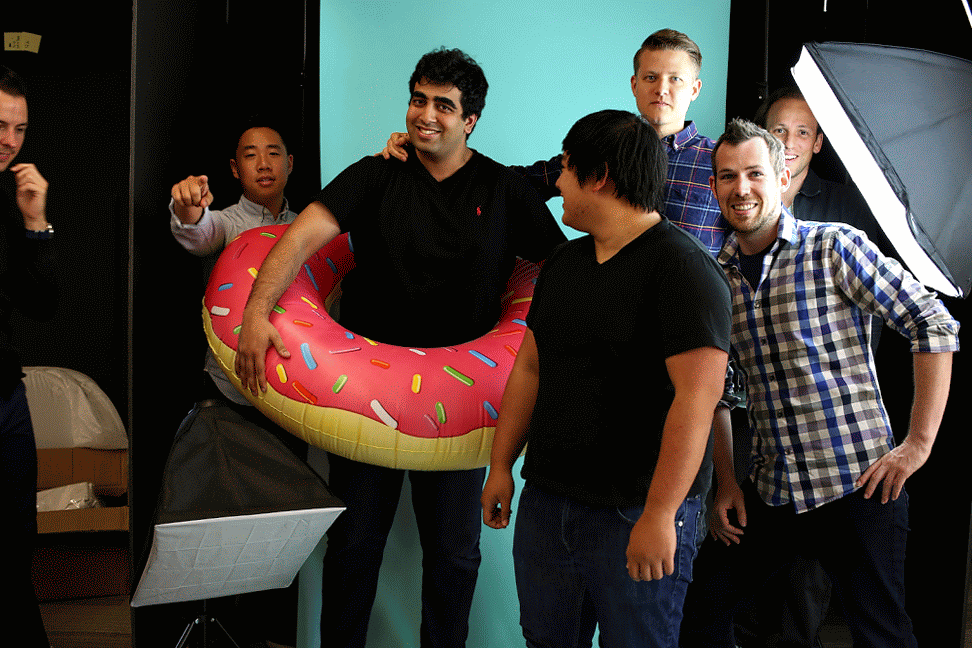
“Early design team in 2016, before I came out!” — Kathryn
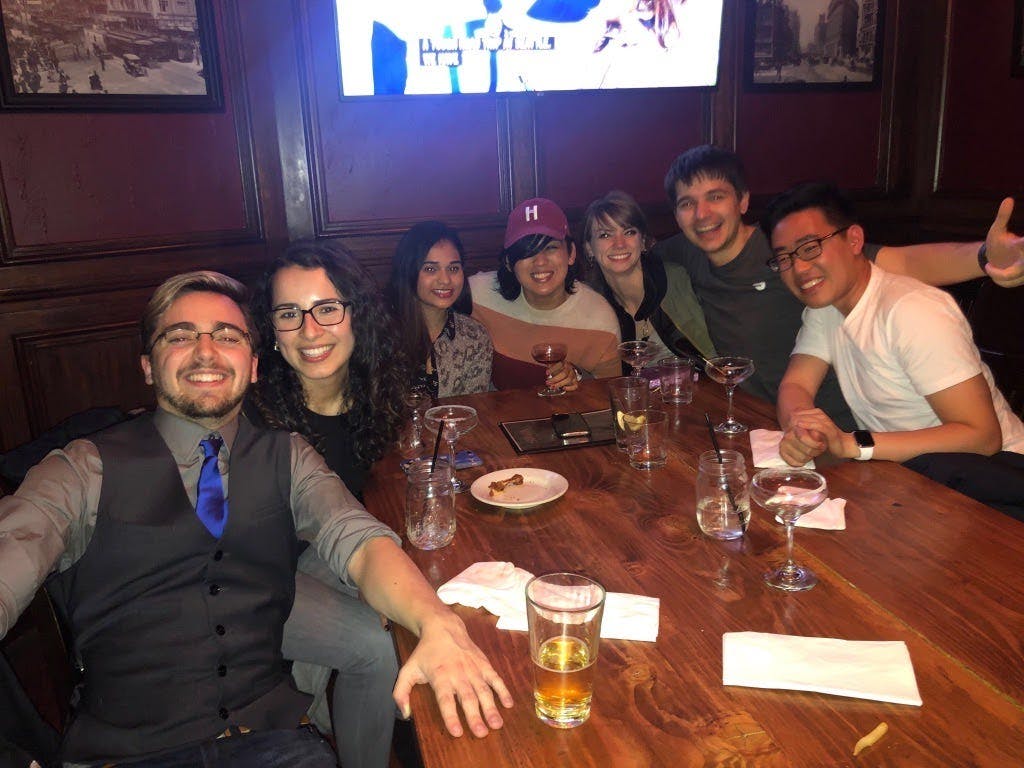
“Celebration with my lovely coworkers after I came out at DoorDash in December 2018!” — Kathryn
#Thank you for sharing such an inspiring personal anecdote, Kathryn. I want to ask about something else from your personal life, which is your love of cooking. What do you enjoy most about it?
There’s a saying in cooking that the cleanliness of your station is a reflection of your mind, and what that means is that best cooks and chefs in the world have a very specific orderliness to how they work and the environment that they work in. And so, for me, the excitement of knowing what the right sort of ingredients are, how they play together, the process and skills necessary to make them bloom, in the act of making something great, that just gets me so happy.
I think this need for orderliness, structure, and precision is reflected both in my work and in terms of how I like to live my life.
#What’s your favorite dish to cook?
So, there is this dish that I love to make that is just pure comfort food for me. I’m Filipino and one of the dishes that my dad would make growing up is this dish called bulalo. It’s basically this really rich stew of beef shank with bone marrow and potatoes and corn and bok choy. It’s this really hearty soup and when you eat it, you have to be careful because the soup itself can be super hot under a placid lake of oil. Every time I think about it, I think about home and what that means to me.
Want to see more of Kathryn’s incredible cooking skills for yourself? Follow her on Instagram @kathryncooking.
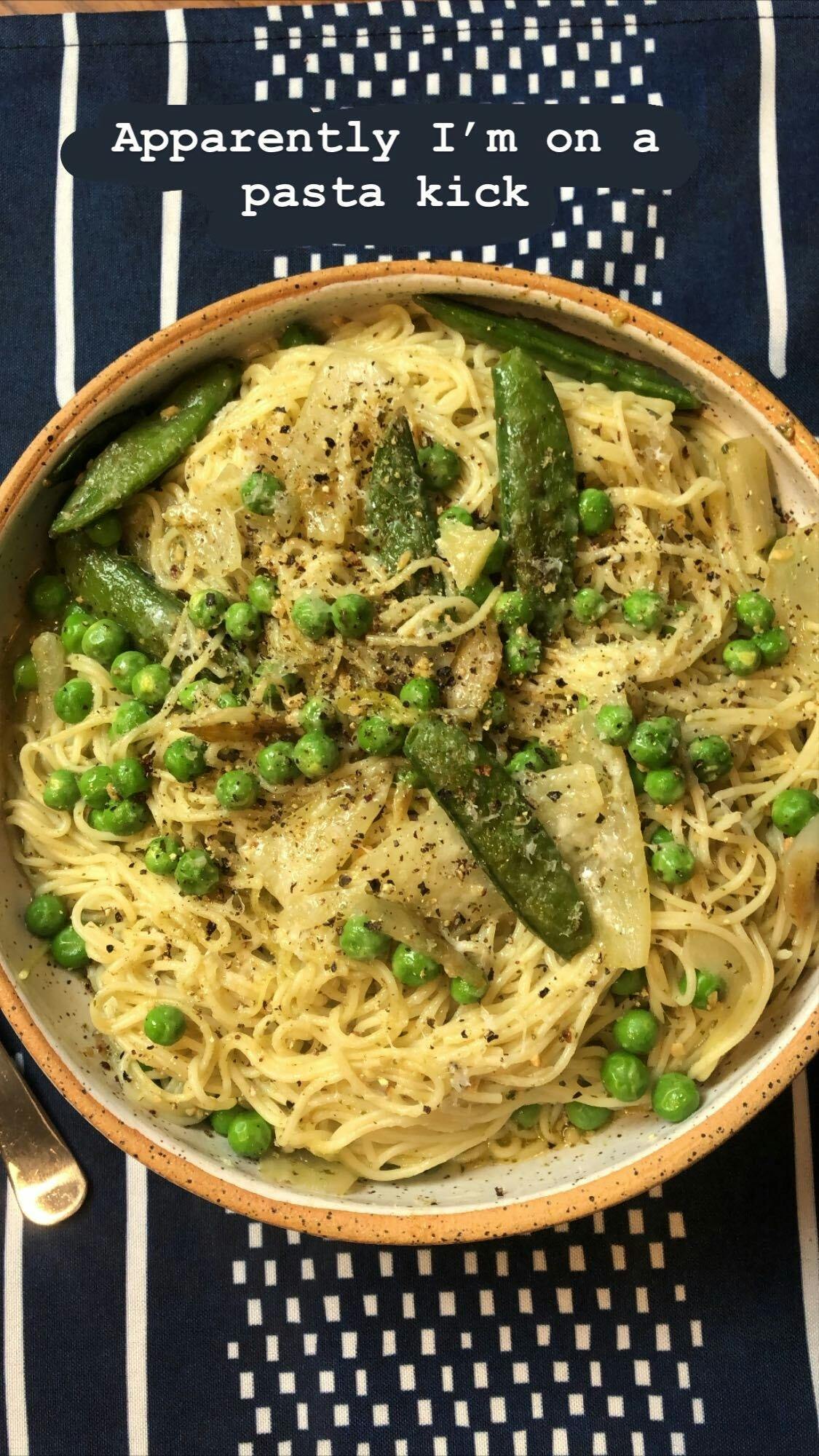
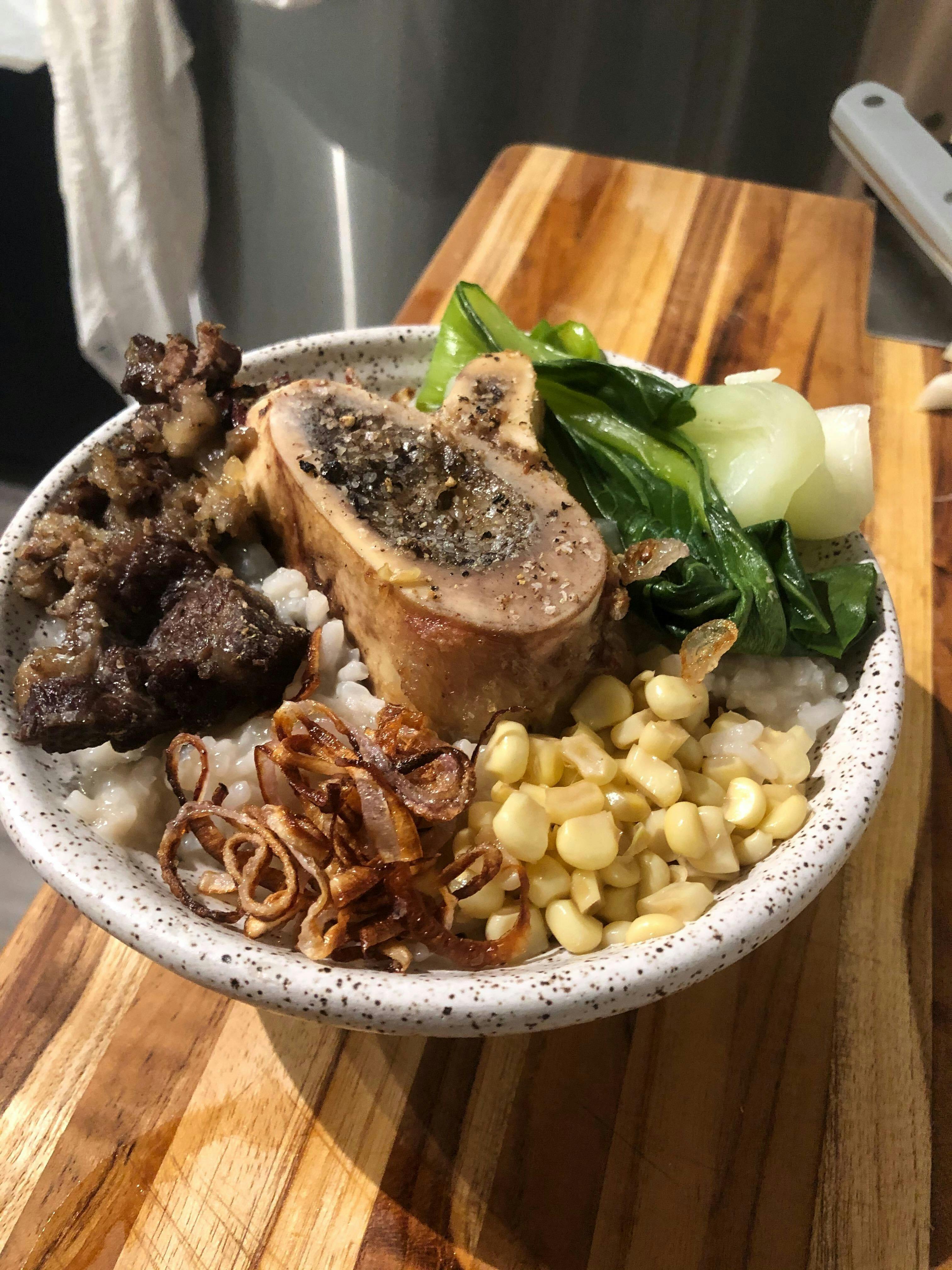
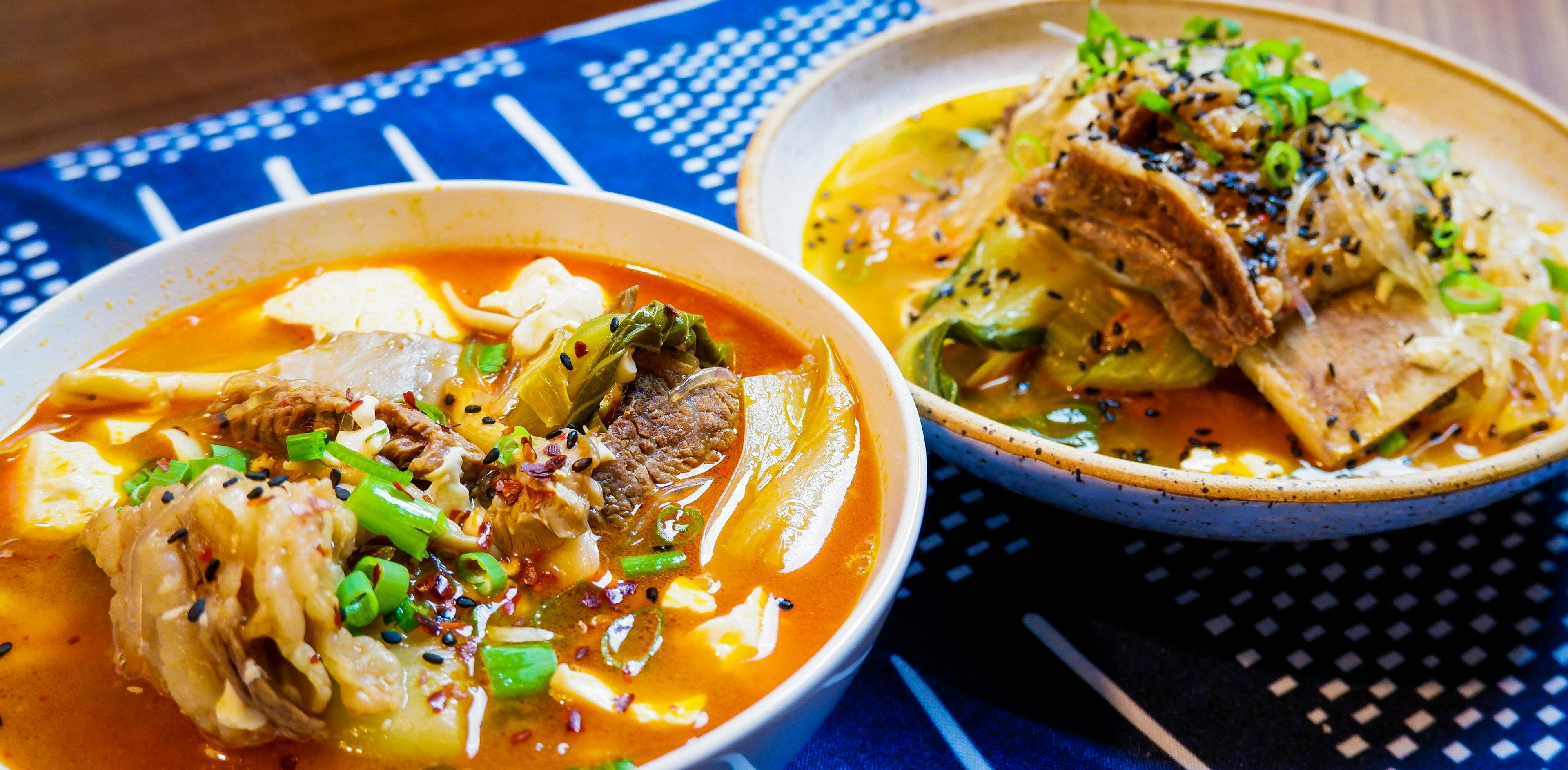
#I’ve been hearing for years that Filipino food was going to be the ‘next big thing’ but it hasn’t taken off like it should.
I think it’s interesting because it’s starting to happen at certain levels. For instance, one of the most celebrated new restaurants over the last couple of years is this Filipino restaurant out in D.C. called Bad Saint. It was named the 2nd best restaurant in the United States in 2016 by Bon Appetit, so, I think it’s one of those things where there’s starting to be more respect for it within the foodie sphere. There’s a lot of more casual, home-style Filipino restaurants, but there’s a growing space and interest in fine dining and other treatments of Filipino cuisine. I think it’ll get to a more elevated position in the culinary world soon. It’s too good not to.
#I couldn’t agree more. Kathryn, thank you for taking the time to chat and share your thoughts. Is there anything else you want to add before we sign off?
First thing is: Thank you for interviewing me Tae! Second thing is: DoorDash is a really special company with both an exciting mission and exciting roles that help make that mission a reality. One of those roles I’m hiring for is a Design Technologist position focused on iOS that will help us build a new design system in SwiftUI — if you’re interested in this and deeply care about craft and iOS UI engineering, please let me know by shooting me an email at kathryn@doordash.com! Thank you for reading, and please take care of yourself and others during these times. It’s the most important thing to do during all this.